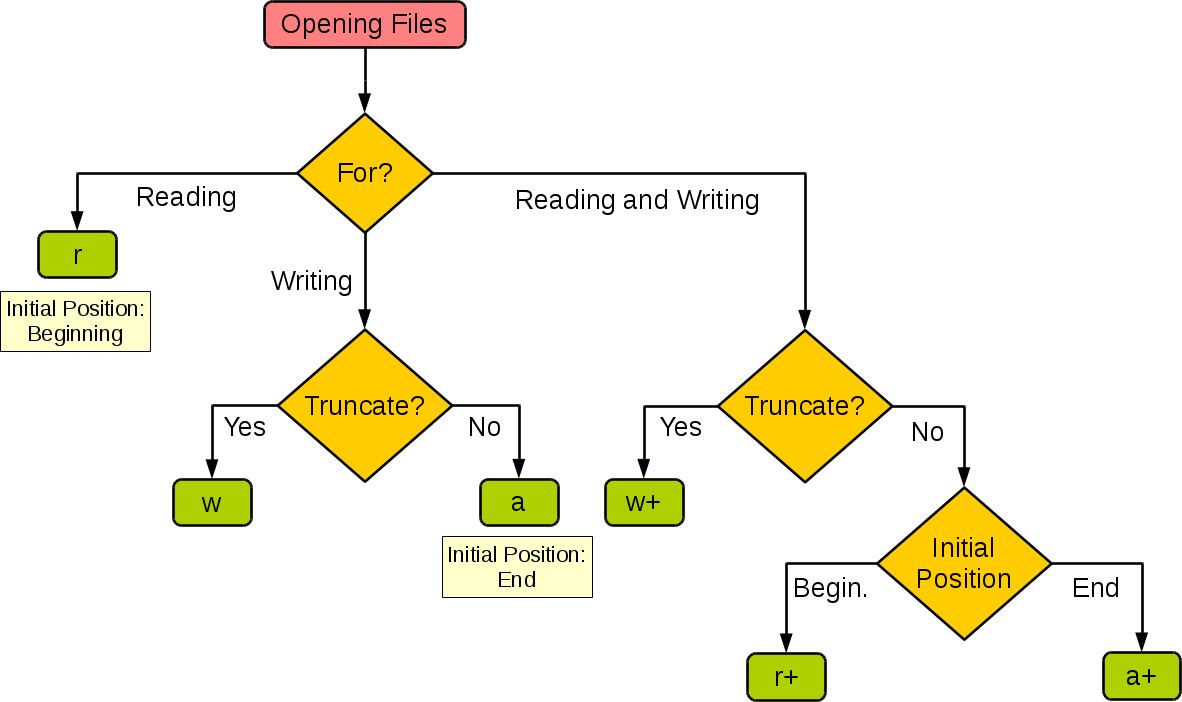In the process of software development, writing code that is easy to understand and maintain is crucial. Python, as a widely used programming language, offers a concise syntax and rich library support, making it possible to write high-quality code. However, even when using a high-level language like Python, it is essential to follow certain coding standards to ensure code readability and maintainability. This article will introduce seven practical coding standards to help you enhance the readability of your Python code.

Use Meaningful Variable Names
Why it Matters: Choosing good variable names can make the code self-explanatory. It tells the reader what the variable is for without needing extra comments.
How to Do It:# Poor variable names a = 10 b = "Hello" # Good variable names number_of_students = 10 greeting_message = "Hello"
Use descriptive names.
Avoid using single-letter variable names unless they are loop indices (e.g., i, j).
Use underscores (_) to separate words (e.g.,
my_variable_name), known as "snake_case."
Example:Use Blank Lines and Indentation Wisely
Why it Matters: Good formatting helps distinguish different logical blocks, making the code look cleaner and easier to understand.
How to Do It:def calculate_average(numbers): # Calculate the average of all numbers in the list total = sum(numbers) count = len(numbers) average = total / count return average # Test numbers = [1, 2, 3, 4, 5] print(calculate_average(numbers))
Leave at least one blank line between each function or class definition.
Use line breaks appropriately in longer statements.
Use consistent indentation, typically four spaces.
Example:Write Useful Comments
Why it Matters: Comments can explain the purpose of the code, especially when the code itself isn't clear enough.
How to Do It:# Calculate the sum of two numbers def add_numbers(a, b): result = a + b # Store the sum of the two numbers return result # Example call sum_result = add_numbers(5, 3) # Call the function to compute 5 + 3 print(sum_result)
Write clear comments for complex logic or algorithms.
Avoid obvious comments (e.g.,
# Add 1 to x).Use comments to document assumptions, rationale, etc.
Example:Keep Functions Concise
Why it Matters: Short functions are easier to test and maintain, and they are also easier to understand.
How to Do It:def is_even(number): """Check if the given number is even""" return number % 2 == 0 def is_odd(number): """Check if the given number is odd""" return not is_even(number) # Test num = 4 print(is_even(num)) # Output: True print(is_odd(num)) # Output: False
A function should do only one thing.
If a function is too long, consider breaking it into several smaller functions.
The length of a function should not exceed 20 lines.
Example:Be Cautious with Constants and Global Variables
Why it Matters: Improper use of global variables and constants can lead to code that is difficult to understand and maintain. They can make the code less modular and harder to debug.
How to Do It:# Constant definition PI = 3.14159 # Pi def calculate_circle_area(radius): """Calculate the area of a circle""" area = PI * radius ** 2 return area # Test radius = 5 area = calculate_circle_area(radius) print(f"The area of the circle is: {area}")Minimize the use of global variables.
Use uppercase letters for constants.
Manage constants using class attributes or global configuration files.
Example:
6. Gracefully Handle Errors
Why it Matters: Error handling is a vital component of any program. Gracefully managing errors can make the program more robust and prevent unexpected crashes.
How to Do It:
Use
try-exceptstatements to catch and handle exceptions.Provide useful error messages.
Use the
logginglibrary to log error messages.
Example:
import logging
# Set the logging level
logging.basicConfig(level=logging.ERROR)
def divide(a, b):
"""Division operation"""
try:
result = a / b
except ZeroDivisionError:
logging.error("Denominator cannot be zero")
return None
else:
return result
# Test
numerator = 10
denominator = 0
result = divide(numerator, denominator)
if result is not None:
print(f"{numerator} / {denominator} = {result}")
else:
print("Cannot compute the result")7. Use Type Hints
Why it Matters: Type hints can help developers better understand the types of variables and functions, reducing errors.
How to Do It:
Use the type hinting syntax introduced in Python 3.5.
Utilize type aliases from the
typingmodule.Employ type-checking tools (like
mypy) to validate type hints.
Example:
from typing import List, Tuple
def greet(name: str) -> str:
"""Greet someone"""
return f"Hello, {name}"
def get_name_age() -> Tuple[str, int]:
"""Get name and age"""
name = "Alice"
age = 30
return name, age
def calculate_average(numbers: List[int]) -> float:
"""Calculate the average of a list of integers"""
total = sum(numbers)
count = len(numbers)
average = total / count
return average
# Test
print(greet("Bob")) # Output: Hello, Bob
print(get_name_age()) # Output: ('Alice', 30)
print(calculate_average([1, 2, 3, 4, 5])) # Output: 3.0Practical Case: Implementing a Simple Book Management System
Suppose we need to develop a simple book management system for managing books in a library. The system needs to support the following functions:
Adding new books
Deleting books
Finding books
Displaying all books
Design Approach
We can define a Book class to represent books and use a list to store all the book objects. Then, we can define several functions to implement the above functionalities.
Code Implementation:
class Book:
"""Book class"""
def __init__(self, title: str, author: str, isbn: str):
self.title = title
self.author = author
self.isbn = isbn
def __str__(self):
return f"{self.title} by {self.author} (ISBN: {self.isbn})"
def add_book(books: List[Book], title: str, author: str, isbn: str):
"""Add a new book"""
new_book = Book(title, author, isbn)
books.append(new_book)
def remove_book(books: List[Book], isbn: str):
"""Remove a book"""
for book in books:
if book.isbn == isbn:
books.remove(book)
break
def find_book(books: List[Book], isbn: str) -> Book:
"""Find a book"""
for book in books:
if book.isbn == isbn:
return book
return None
def display_books(books: List[Book]):
"""Display all books"""
for book in books:
print(book)
# Test
books = []
add_book(books, "Python Programming", "John Smith", "123456")
add_book(books, "Data Structures", "Jane Doe", "789012")
display_books(books)
book = find_book(books, "789012")
if book:
print(book)
else:
print("Book not found")
remove_book(books, "123456")
display_books(books)Conclusion
Through this article, we have learned seven coding standards to enhance Python code readability. These standards include using meaningful variable names, using blank lines and indentation wisely, writing useful comments, keeping functions concise, being cautious with constants and global variables, gracefully handling errors, and using type hints. By following these standards, we can write clearer and more maintainable code.


